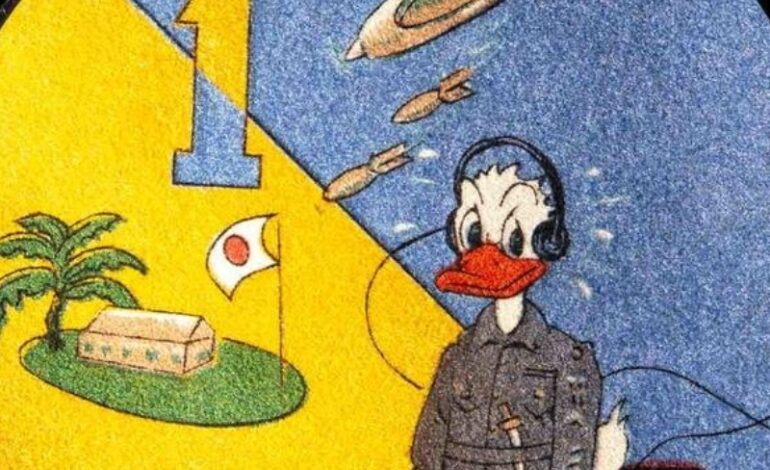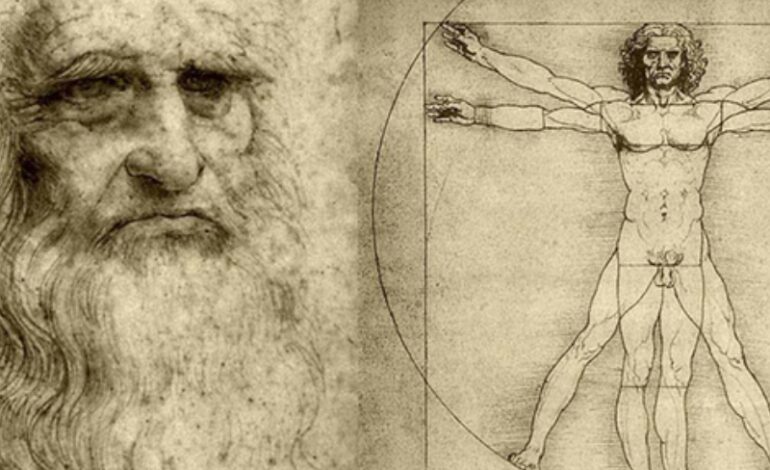Exploring Donald Duck’s Multifaceted Legacy

Donald Duck: A Quack of All Trades

Donald Duck, the feisty waterfowl with a heart of gold and a temper to match, has been a cornerstone of the Disney empire since his debut in 1934. His full name, Donald Fauntleroy Duck, hints at a complexity behind the sailor suit and cap that has become his trademark. Donald’s journey from a supporting character to a leading star in his own right is a testament to his multifaceted personality and the universal appeal of his stories.
The Early Years: From “The Wise Little Hen” to Stardom
Donald’s first appearance in “The Wise Little Hen” showcased his lazy side, as he tried to avoid work at all costs2. However, it was this very flaw that endeared him to audiences, who found his antics and excuses both humorous and human. As Donald transitioned from shorts to his own series, his character gained depth, often portraying him as the underdog fighting against a world that seemed to conspire against him.
Donald’s Family and Friends: A Flock of Personalities
Donald’s life is rich with relationships that shape his adventures. His nephews, Huey, Dewey, and Louie, often accompany him, providing a familial dynamic that adds warmth to his stories. His uncle, Scrooge McDuck, represents the allure of wealth and adventure, while Daisy Duck offers a romantic subplot filled with its own set of challenges and triumphs.
Donald’s Military Service: A Duck in Uniform

Donald Duck’s military service during World War II is a remarkable chapter in the character’s history, reflecting the era’s cultural and political climate. Donald was officially drafted into the U.S. Army in 1941, before the United States entered the war. His draft card, revealed in the cartoon “Donald Gets Drafted,” even lists his middle name as Fauntleroy, adding a touch of authenticity to his service1.
Donald’s military career was depicted through a series of animated shorts that not only entertained but also served as propaganda tools, bolstering morale and providing instruction. In “Donald Gets Drafted” (1942), audiences saw Donald undergo the trials of enlistment, from the medical examination to the fitting of his uniform. This short film was the first in a series that would follow Donald’s journey through military life.
The subsequent shorts, such as “The Vanishing Private” (1942), “Sky Trooper” (1942), “Fall Out Fall In” (1943), and “The Old Army Game” (1943), showcased Donald’s experiences in training and garrison life. These stories were filled with humor but also subtly conveyed messages about the importance of discipline, teamwork, and perseverance
Donald’s Global Appeal: The Duck Who Conquered the World
Donald Duck comics have enjoyed immense popularity worldwide, with some of the highest sales in the American market during the late 1950s and early 1960s. His adaptability to different cultures is evident in his various international personas, such as Paperinik in Italy and Kalle Anka in Sweden, where he is a beloved part of Christmas traditions.
The Legacy of Donald Duck: More Than Just a Cartoon Character

Donald Duck’s legacy extends beyond entertainment; he is a cultural icon whose influence can be seen in merchandise, theme parks, and even academic discussions. His character has been analyzed from various perspectives, including Marxist critiques that examine his role in American cultural imperialism4.
Conclusion: The Timeless Appeal of Donald Duck
In conclusion, Donald Duck is not just a character; he is an institution. His ability to evoke laughter, empathy, and even patriotism speaks to the genius of his creators and the timeless nature of his stories. As we continue to enjoy Donald’s adventures, we celebrate a character who has become an indelible part of our cultural fabric.
This essay provides a comprehensive look at Donald Duck, drawing upon his rich history and the diverse interpretations of his character. For those seeking to explore Donald’s world further, the wealth of comics, animations, and scholarly analyses offer endless opportunities for discovery and enjoyment.







![Top 5 Most Powerful Mysterious Creatures Of All Time[Updated 2024]](https://newsdailybeats.com/wp-content/uploads/2024/06/mystery-creatures-1.jpg)
